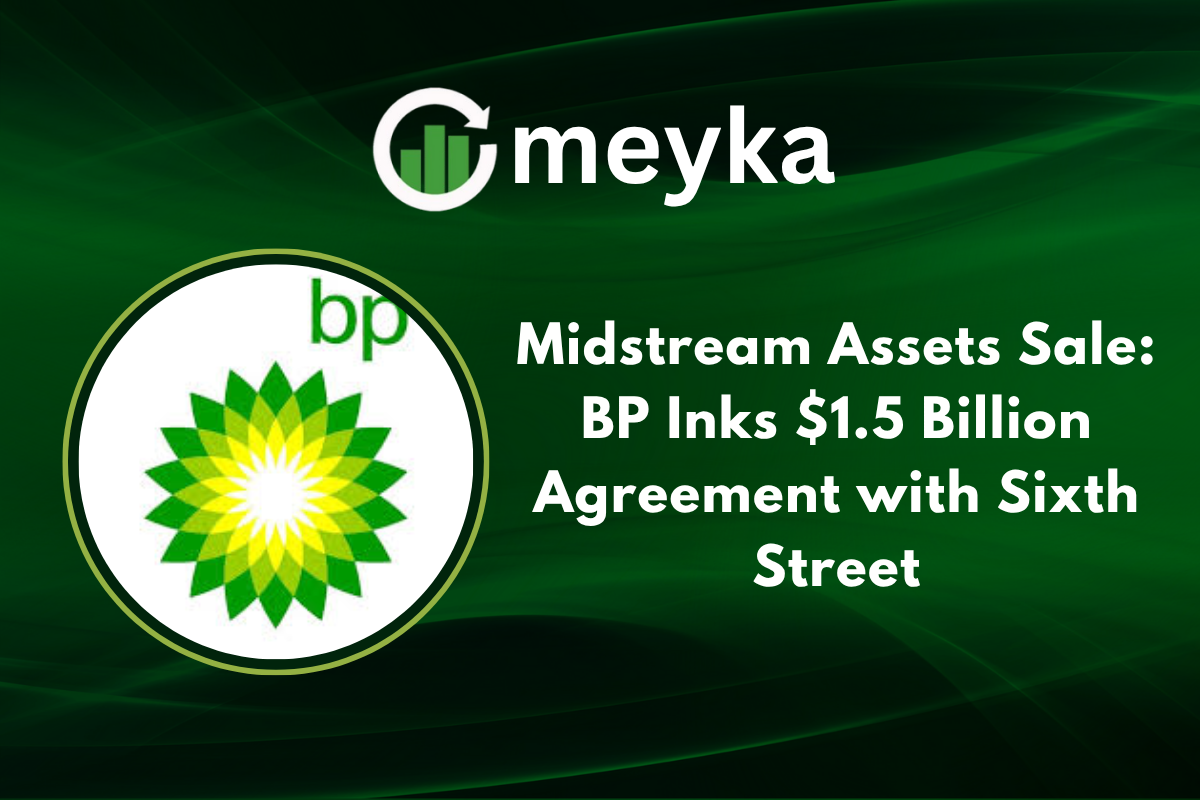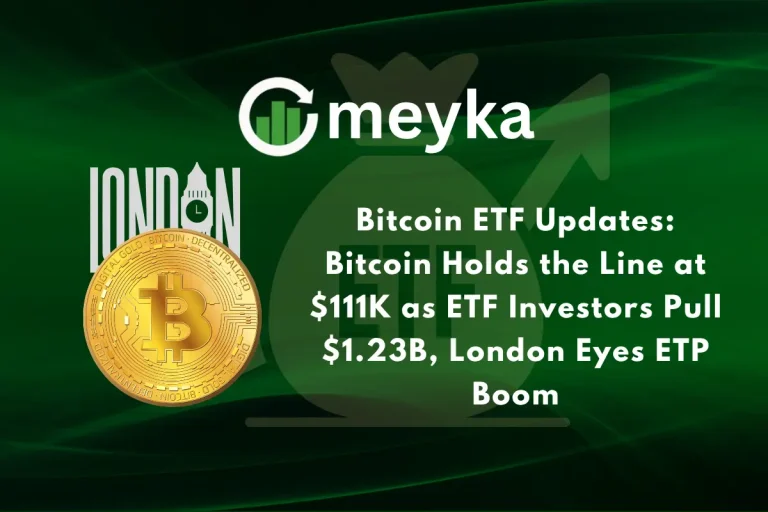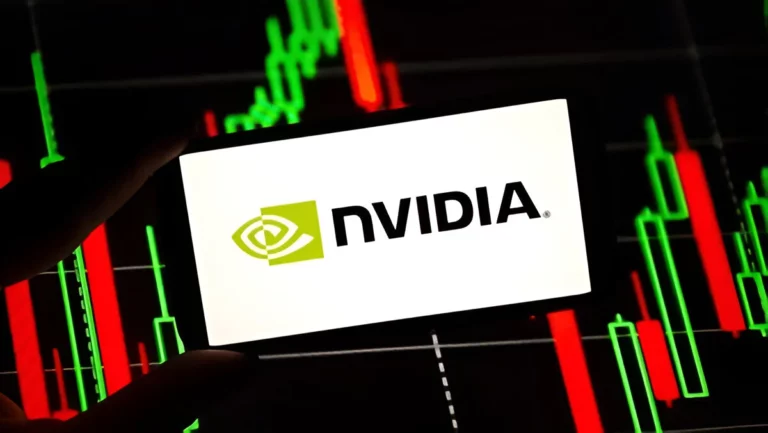Midstream Assets Sale: BP Inks $1.5 Billion Agreement with Sixth Street
BP has agreed to sell non-controlling stakes in its U.S. midstream assets to funds managed by investment firm Sixth Street for $1.5 billion. The deal covers pipeline and processing facilities in the Permian and Eagle Ford basins and is part of BP’s wider plan to cut debt and streamline its portfolio.
Midstream Assets: What Was Sold And Who Bought It
BP sold minority interests in BPX Energy’s midstream holdings, including pipelines and four Permian central processing facilities named Grand Slam, Bingo, Checkmate, and Crossroads. After completion, BPX will retain a 51% interest in the Permian assets and 25% in Eagle Ford, while Sixth Street will own the remaining non-operating stakes. The buyer is a pool of funds managed by Sixth Street.
How is the payment structured? The transaction is structured in two phases, with roughly $1 billion paid on signing and the remainder expected by year-end, subject to regulatory approvals. BP says the proceeds will contribute materially to its divestment targets.
Why This Matters: Quick Answers
Why is this deal important? It frees cash, lowers leverage and helps BP hit a $20 billion divestment target through 2027. The sale also keeps operational control with bpx, which limits operational risk while unlocking value.
What does it mean for BP’s U.S. strategy? BP preserves day-to-day control and flow assurance in two of America’s largest basins, while monetizing non-operating stakes to strengthen the balance sheet. That balances near-term investor demands with long-term operational plans.
Transaction Details And Context
BP’s move is explicitly linked to a broader portfolio optimization push. Executives have framed these types of divestments as a way to reduce net debt, maintain dividend policy and target capital for priority projects. UBS estimates suggest the sale could cut BP’s leverage ratio by about 1 percent and add roughly $100 million to $200 million to net income. That is small but visible, and markets reacted modestly positive on announcement day.
Which assets are included? The assets include bpx energy’s pipelines and processing facilities in the Permian and Eagle Ford, assets that connect wells to third-party pipeline systems and customers. bpx will remain the operator, ensuring continuity of operations and maintenance.
Market And Investor Reaction
Investors framed the announcement as a practical step to improve financial metrics, not a strategic retreat from U.S. shale. The sale came amid ongoing pressure from activist investors who have criticized earlier capital allocation choices.
Analysts called the deal a small positive for leverage, while noting BP’s broader performance depends on commodity prices and successful execution of other divestments.
Is this the start of more sales? Possibly. BP is running a program to realize $20 billion of divestments by the end of 2027; this transaction is one piece of that plan. Observers will watch whether BP targets larger, more material asset sales or continues to favor non-controlling stake sales that preserve operating control.
How This Fits The Oil And Gas Midstream Sector
For the oil and gas midstream sector, deals like this are common: operators sell non-controlling interests to free capital while keeping operations in house.
The structure reduces upfront capital needs for investors and leaves the operator here responsible for day-to-day management. That model supports flow assurance, emissions control through centralized practices, and predictable service for producers and customers.
Expert View And Strategic Takeaways
Industry analysts say the $1.5 billion sale is practical, not dramatic. It improves BP’s near-term liquidity and helps meet debt targets without disrupting operations. Still, the market will judge BP on the sum of its moves, including how it redeploys proceeds into higher-return projects or trims less productive assets.
Will Sixth Street influence operations? No, the buyer takes non-operating stakes, so day-to-day control stays with bpx. Sixth Street’s role will likely be financial oversight and partnership on broader corridor development economics, not operations.
Financial Signals And Ai Insights
Traders and analysts are already feeding the news into models and scanners. For investors who use automated workflows, this will show up in portfolio reweighting and debt-coverage metrics. I ran a quick scan against market commentary and found the story repeated across major outlets minutes after BP’s release.
For investors using machine techniques, AI Stock research tools will flag this as a liquidity and leverage improvement event.
Later, as earnings season rolls through, some quant teams might fold the event into forward estimates; independent analysts will include the proceeds as part of 2025 divestment expectations. That is where AI Stock Analysis models can help simulate scenarios for dividends, capex, and leverage.
At the same time, traders relying on headlines will see AI Stock scanners update short-term signals for BP and peers, since midstream liquidity events change sector comparables even when operational control remains unchanged.
Here is a short market wrap video that covers today’s oil and energy headlines and mentions BP’s sale, which helps place the deal in market context.
Conclusion
The sale of these Midstream Assets is a tidy, targeted transaction that frees capital and trims risk while keeping BP in operational control. It is a pragmatic answer to investor pressure, it supports BP’s $20 billion divestment target, and it nudges the company’s leverage in the right direction.
For markets, it is a reminder that major oil majors will use selective asset sales to rebalance portfolios, fund priorities, and manage debt. The full impact will depend on how BP allocates proceeds and whether it follows with larger, higher-value divestments.
FAQs
BP wants to free up capital, lower debt, and fund higher return projects. The sale also supports its current divestment target through 2027.
BP sold non-operating minority stakes in U.S. midstream pipelines and processing facilities in the Permian and Eagle Ford shale basins.
Yes, BP (via BPX) remains the operator. Sixth Street only gets financial ownership stakes, not operational control.
No, production and flows stay under BP’s operational control. The sale is a financial restructuring, not a production reduction.
Analysts expect BP to use proceeds to reduce leverage, support cash flows, and redirect capital into priority energy projects.
Disclaimer
The content shared by Meyka AI PTY LTD is solely for research and informational purposes. Meyka is not a financial advisory service, and the information provided should not be considered investment or trading advice.






